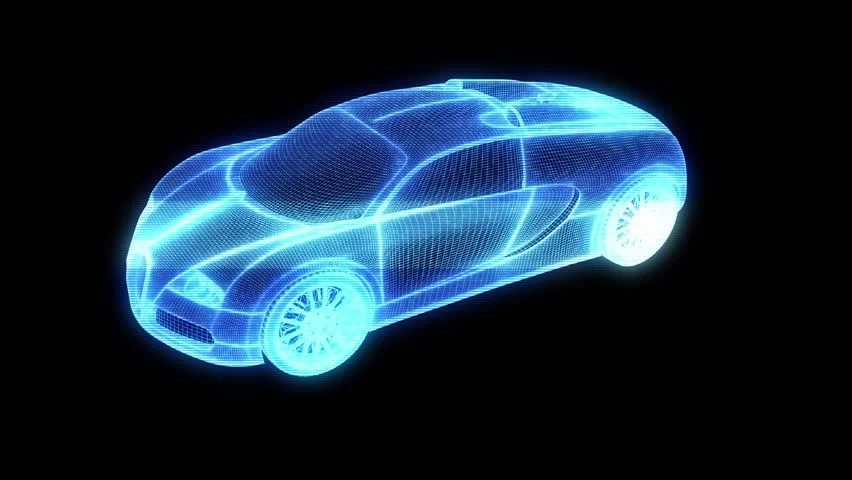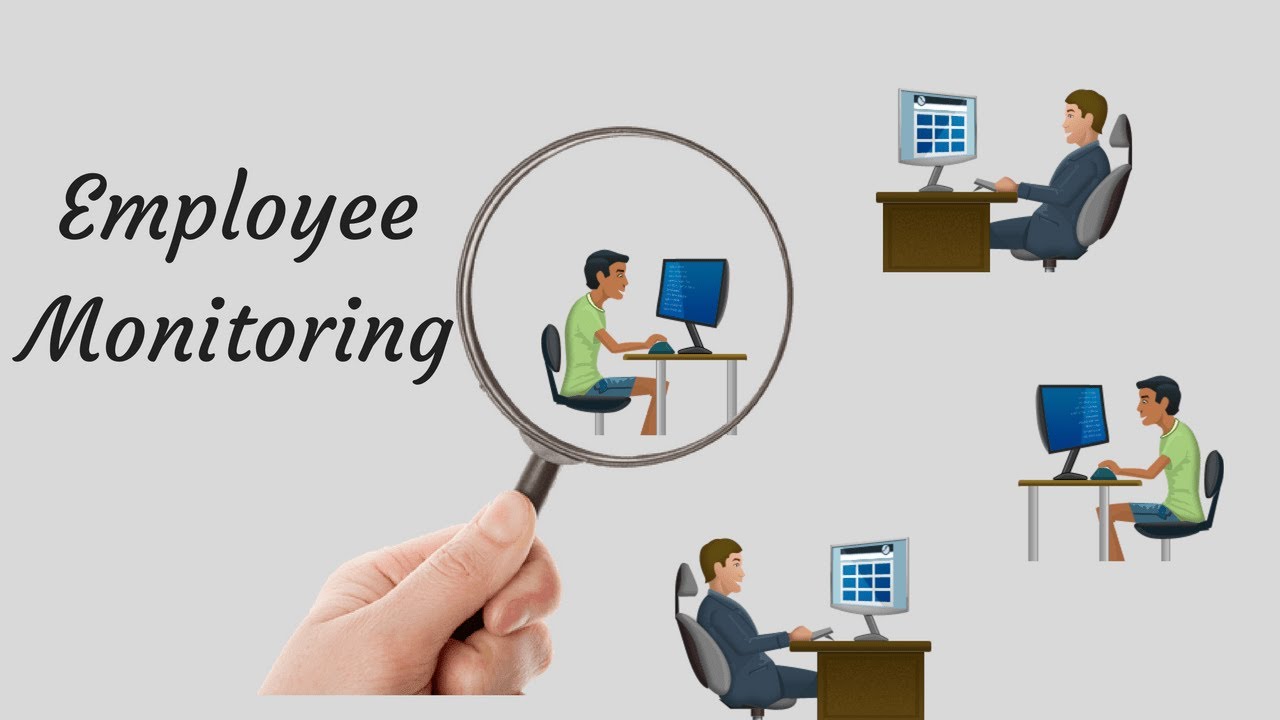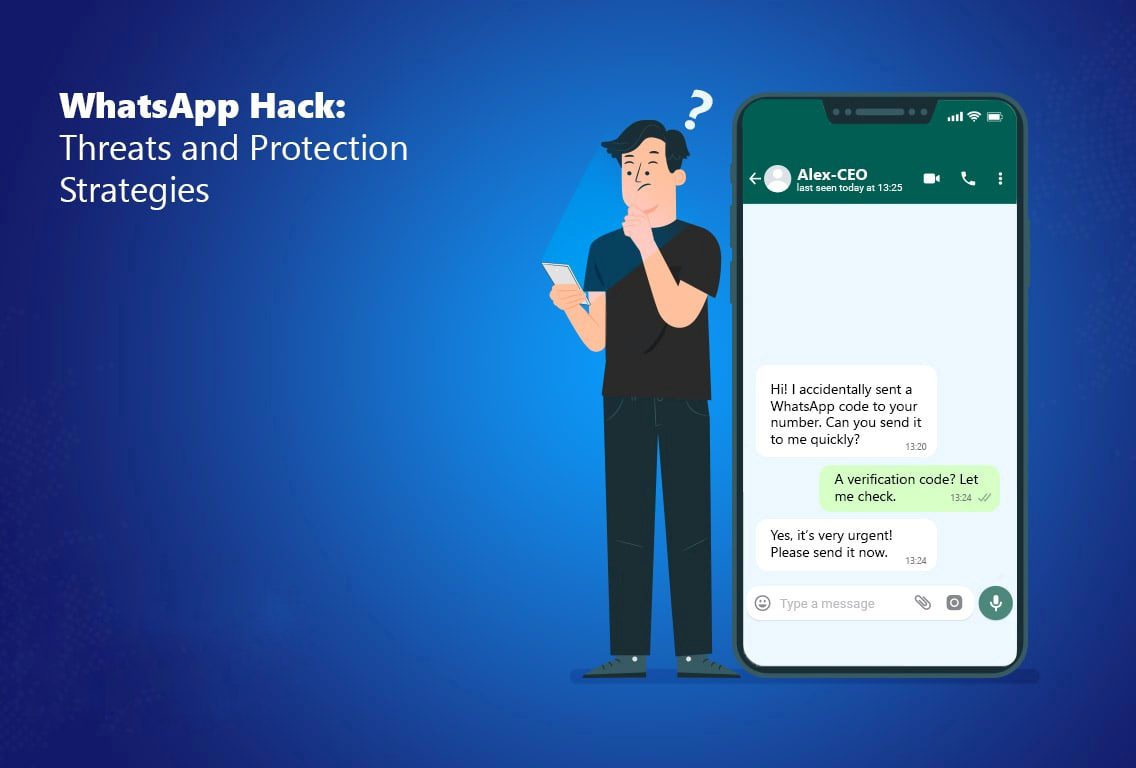
Car holographic displays are revolutionizing the driving experience by replacing traditional screens with immersive 3D interfaces. These displays enhance safety and convenience, offering features like augmented reality navigation, interactive controls, real-time data projection, and personalized experiences.
Drivers can now easily access key information, control functions without distractions, and enjoy a futuristic, seamless driving adventure. As technology advances, these features are becoming essential for modern vehicles, making every journey more engaging and efficient.
Contents
The Evolution of Car Displays: From Analog to Holographic
The evolution of car displays has been truly remarkable. In the early days, dashboards featured basic analog gauges that provided essential information like speed and fuel levels. While functional, these mechanical displays were limited in versatility.
As technology advanced, digital displays began to emerge in the late 20th century. They offered clearer readings and the ability to display more data, changing how drivers interacted with their vehicles. Despite these improvements, digital screens still had limitations in terms of user engagement and ease of use.
In this progression, the introduction of holographic displays represents a major advancement. By projecting data directly into the driver’s line of sight, these displays reduce clutter and enhance visibility. This cutting-edge technology combines sophisticated graphics with real-time information for a unique driving experience.
With each advancement, car display technology continues to progress toward an ideal blend of safety and immersion, creating a more intuitive driving environment.
Benefits of Car Holographic Displays for Drivers
-
Safety Features (e.g., Heads-Up Display)
Safety remains a top priority for drivers, and holographic car displays significantly enhance this aspect. A standout feature is the heads-up display (HUD), which projects vital information directly onto the windshield.
This enables drivers to get important information without diverting their attention from the road. For example, you can see your speed or navigation instructions instantly, reducing distractions and helping you stay focused on driving.
Additionally, HUDs can offer real-time alerts about potential hazards, such as lane departure warnings or collision alerts, right in your line of sight. By integrating these safety features, car holographic displays are transforming how we interact with our vehicles.
-
Immersive Driving Experience
An immersive driving experience redefines how we connect with our vehicles. With a holographic display, information doesn’t just appear on a screen; it surrounds you.
Imagine navigation directions floating before you while you keep your eyes on the road. Enhanced graphics and real-time data create an engaging environment where digital overlays seamlessly blend with the road.
This technology makes driving more dynamic and intuitive, with everything from speed to fuel levels projected directly in your view. Augmented reality can even highlight points of interest or warn about upcoming hazards, turning the journey into an enjoyable and immersive experience.
-
Customization Options
Customization options in car holographic displays offer a revolutionary approach to personalized driving experiences. Drivers can adjust the interface to suit their preferences, from changing color themes to rearranging display layouts.
For example, you can select the information you want to prioritize—whether it’s speed, fuel efficiency, or music controls—making the experience more tailored and interactive. Some systems even support multiple profiles, allowing different drivers to have unique setups based on their individual needs.
Additionally, integrating personal apps, such as social media updates, provides further convenience. These customization features make every drive feel more personal while ensuring safety remains a top priority.
-
Reduced Distractions
Holographic displays significantly reduce distractions by presenting key information directly in the driver’s line of sight. This eliminates the need to look away from the road for essential data like speed and navigation prompts, helping drivers stay focused.
The integration of intuitive gestures or voice commands for controlling features further minimizes distractions, allowing adjustments without taking eyes off the road.
The holographic interface enhances overall awareness and keeps drivers engaged, providing immediate access to crucial information while maintaining safety as the priority.
Must-Have Features of a Car Holographic Display
-
High-Quality Resolution and Graphics
High-quality resolution and graphics are essential in car holographic displays, turning everyday driving into an immersive visual experience. Vibrant colors and clarity make navigation intuitive, allowing drivers to visualize directions without straining their eyes or losing focus on the road.
Advanced graphics present data such as speed, fuel levels, and alerts in a dynamic and almost three-dimensional manner. Additionally, superior resolution minimizes glare and reflections from external light, ensuring clear visuals regardless of time or weather. Investing in high-quality graphics enhances both aesthetics and functionality, improving perception and comprehension while driving.
-
Voice Recognition Technology
Voice recognition technology has transformed how drivers interact with their vehicles. With AI advancements, voice commands can control everything from navigation to climate settings, enabling hands-free operation. This allows drivers to stay focused on the road while accessing vehicle features.
Modern systems, powered by machine learning, adapt to individual speech patterns for improved accuracy. Integrating voice recognition with holographic displays makes interaction more intuitive, reducing the need for physical controls and contributing to a safer, distraction-free driving experience.
-
Augmented Reality Capabilities
Augmented reality (AR) is revolutionizing car displays by overlaying critical information onto the windshield, enhancing situational awareness and navigation. For instance, AR can highlight road signs or display directional arrows directly in the driver’s line of sight.
It also offers interactive elements, allowing easy access to vehicle updates or entertainment options through intuitive gestures. As AR technology advances, it will provide even more dynamic and immersive experiences, turning cars into smarter, more connected companions on the road.
Real-time traffic and navigation updates are transforming the driving experience. With live data integration, holographic displays alert drivers to changes in road conditions, such as traffic jams or accidents, and automatically adjust routes to save time.
This feature reduces stress by providing turn-by-turn directions that adapt to real-time situations. Visual cues in 3D make complex intersections easier to navigate while combining augmented reality with real-time updates turns essential information into an engaging experience. This ensures a smoother, more enjoyable journey, with technology actively guiding drivers.
How to Choose the Right Car Holographic Display for Your Needs?
When choosing the right car holographic display, consider the following factors to ensure it meets your driving needs:
- Driving Habits and Preferences: Think about the features that will enhance your driving experience. Are you looking for navigation guidance, safety alerts, or general vehicle information? Choose a system that aligns with your specific needs.
- Resolution Quality: A high-definition holographic display improves clarity, making it easier to view important information, such as navigation routes and safety warnings, without straining your eyes.
- Compatibility: Ensure the display integrates well with your car’s existing technology, such as Bluetooth, GPS, and smartphone apps. This will allow for a smoother, more seamless user experience.
- User-Friendliness: Opt for a display system that offers intuitive controls. This ensures you can access and adjust features quickly and easily, minimizing distractions while driving.
- Budget: Determine your budget and compare different brands and models. Aim to find a balance between cost and essential features, ensuring you’re getting good value without sacrificing functionality.








